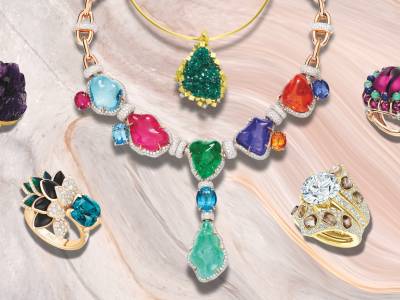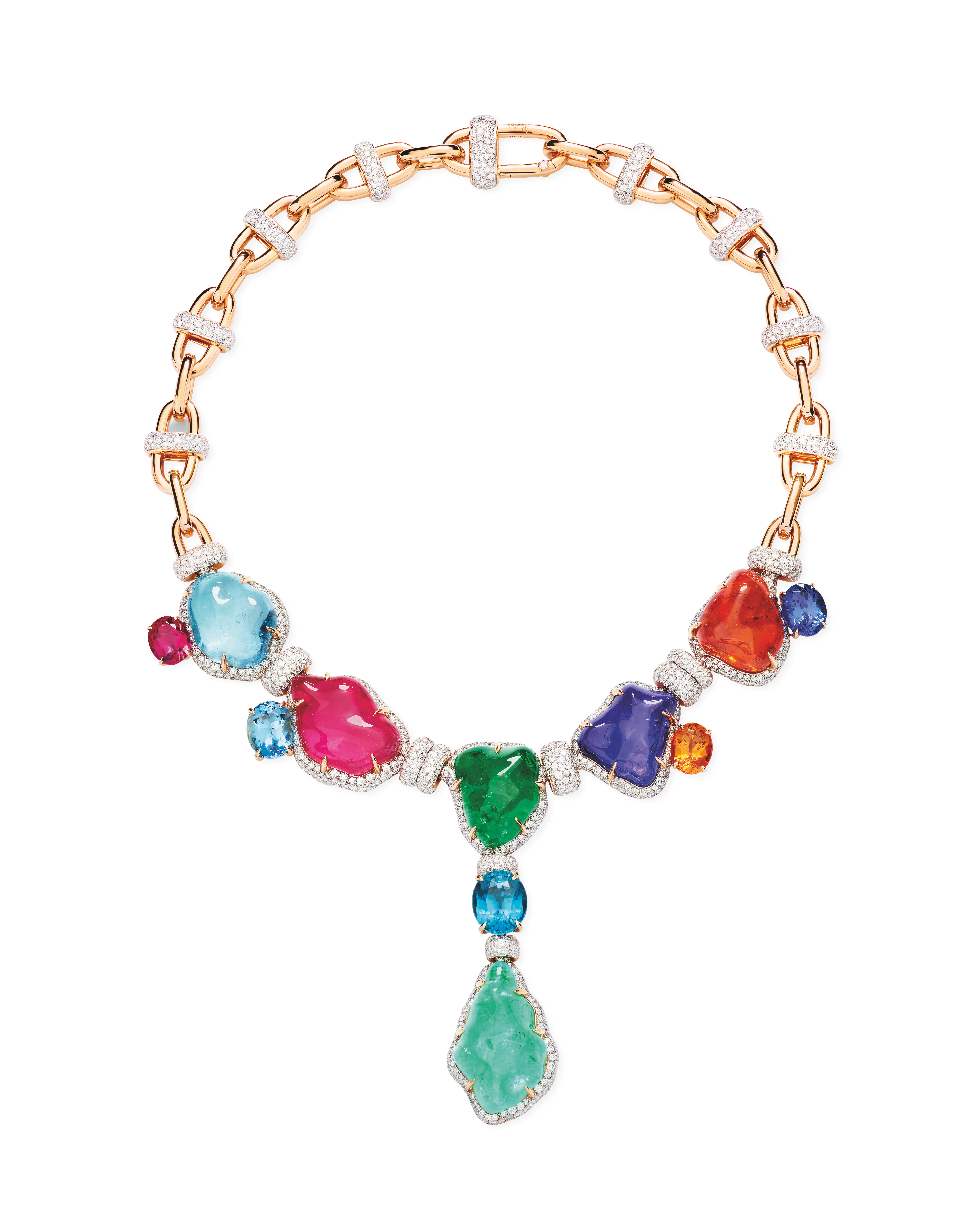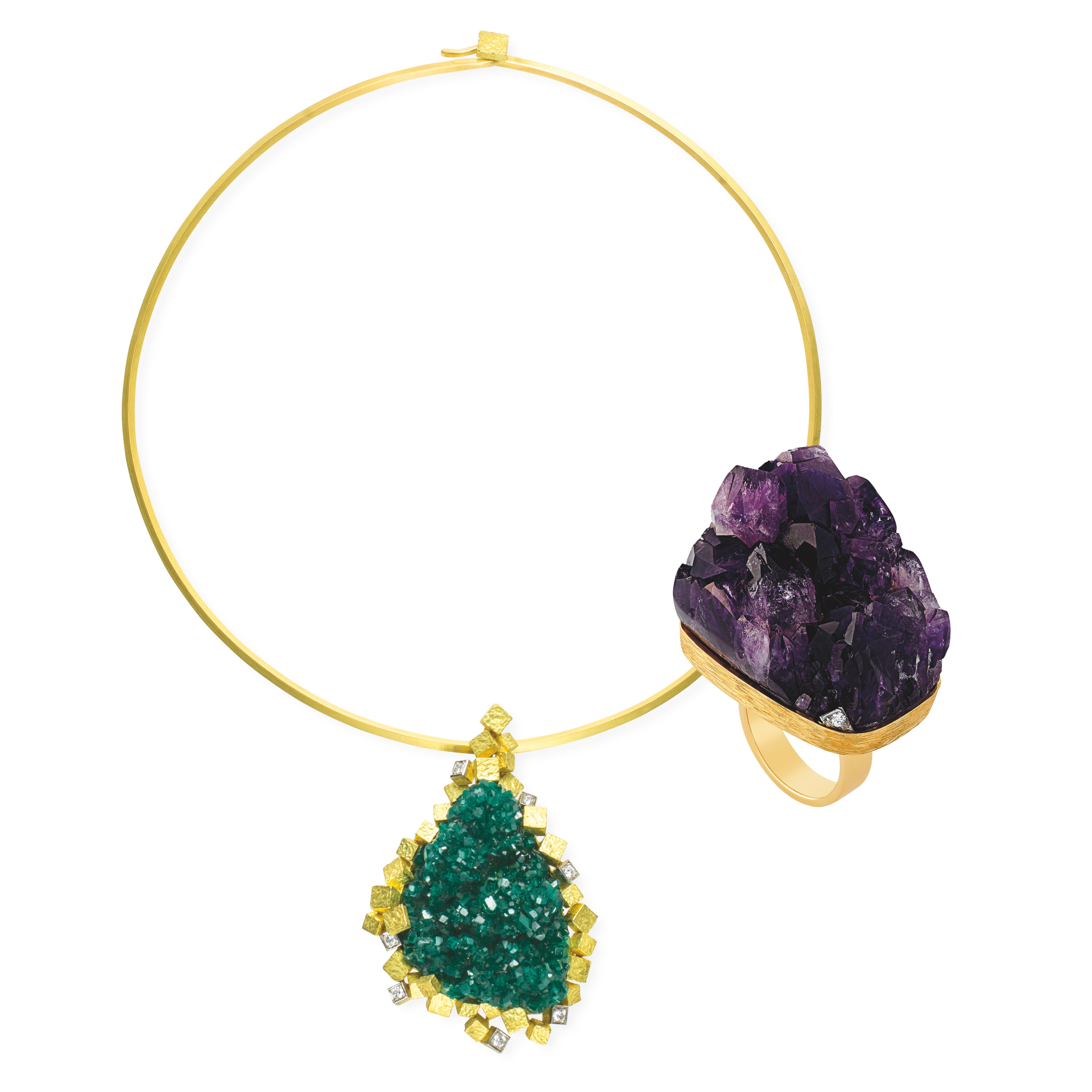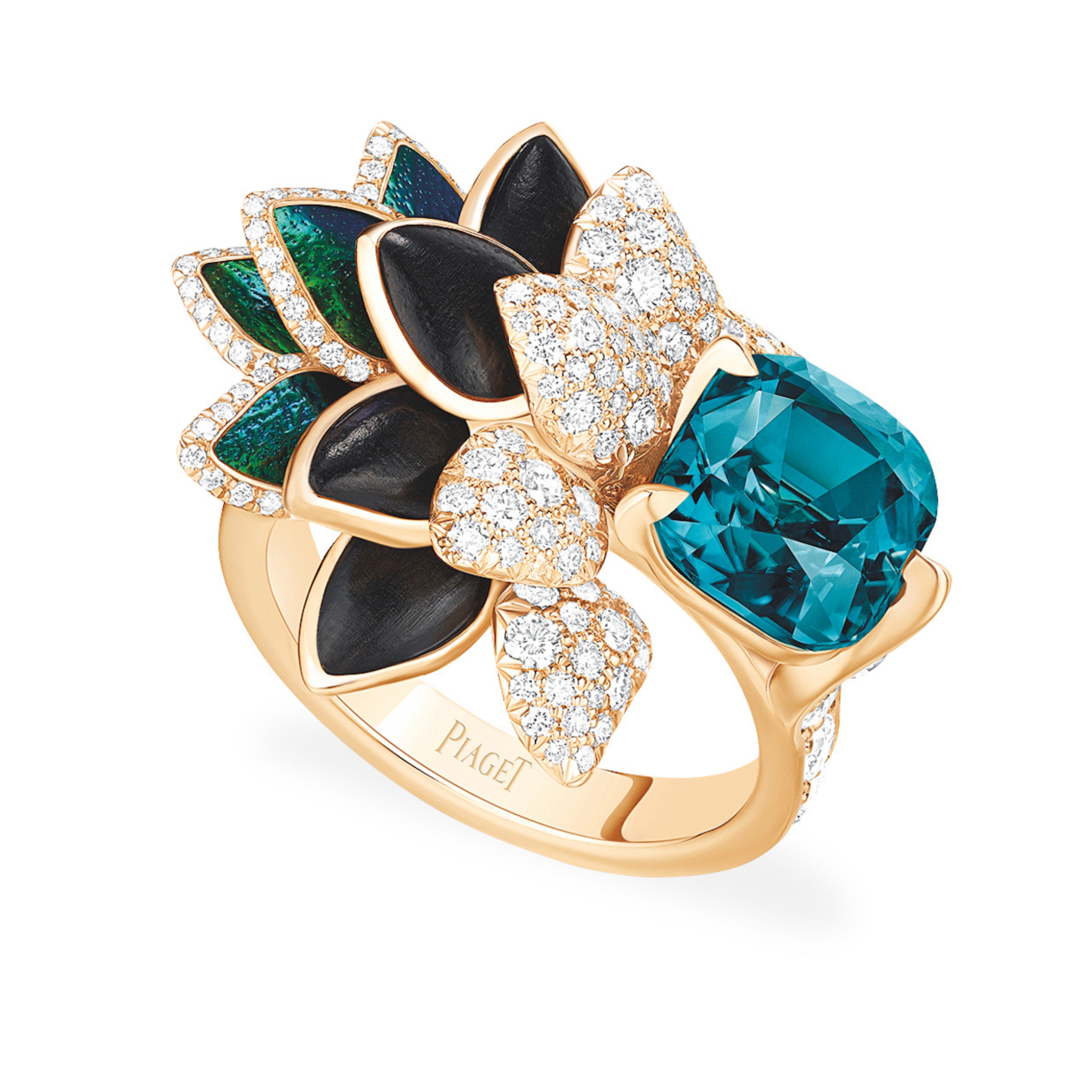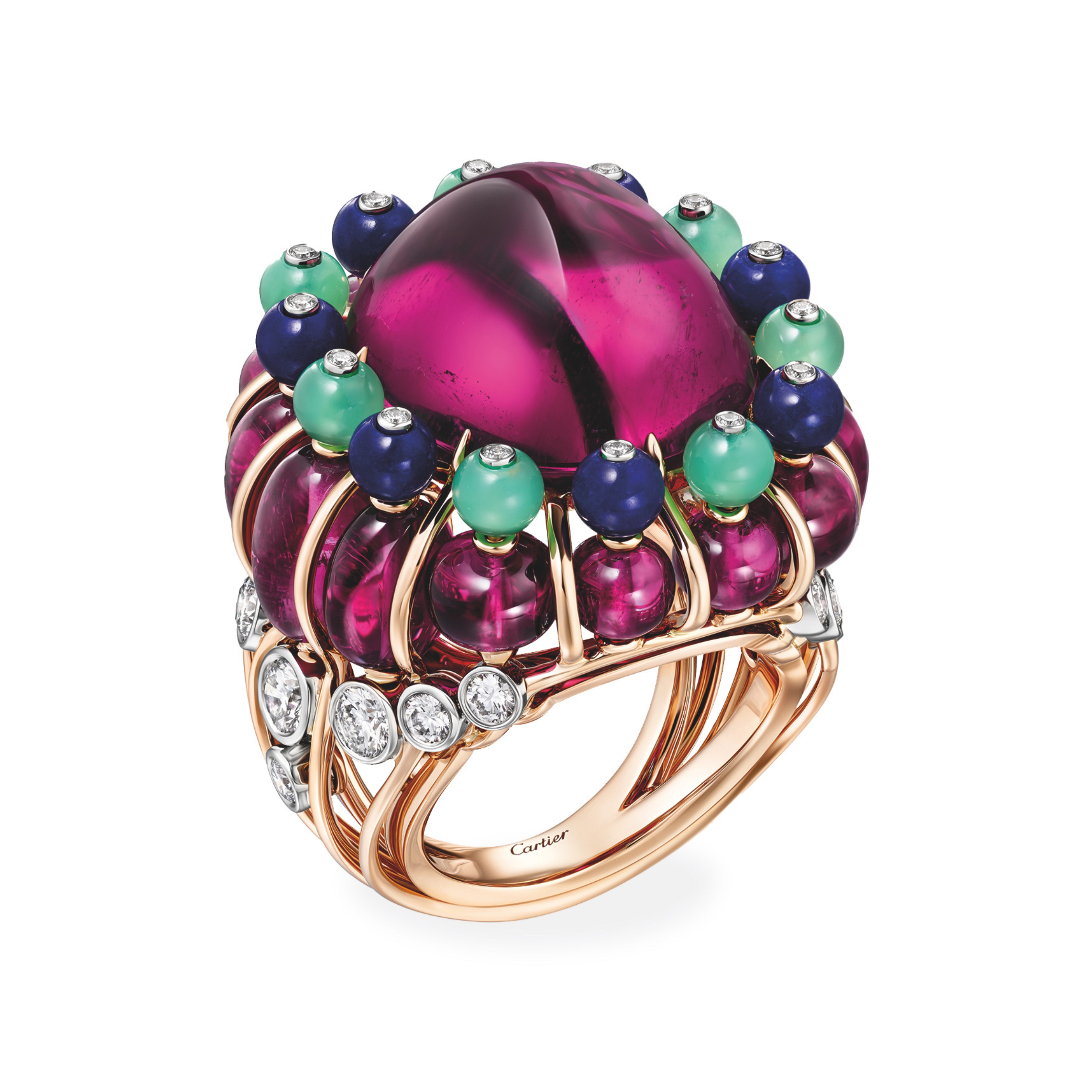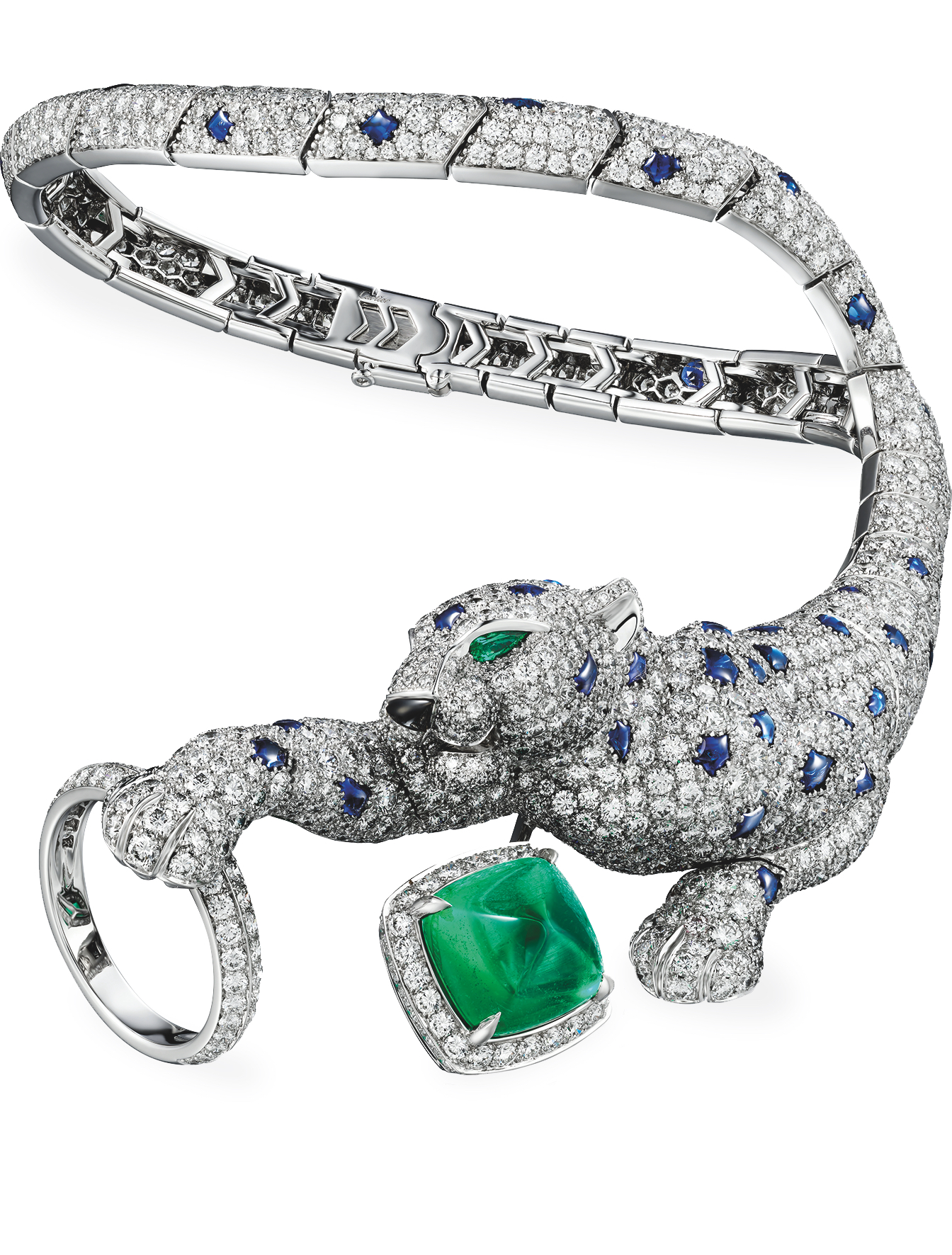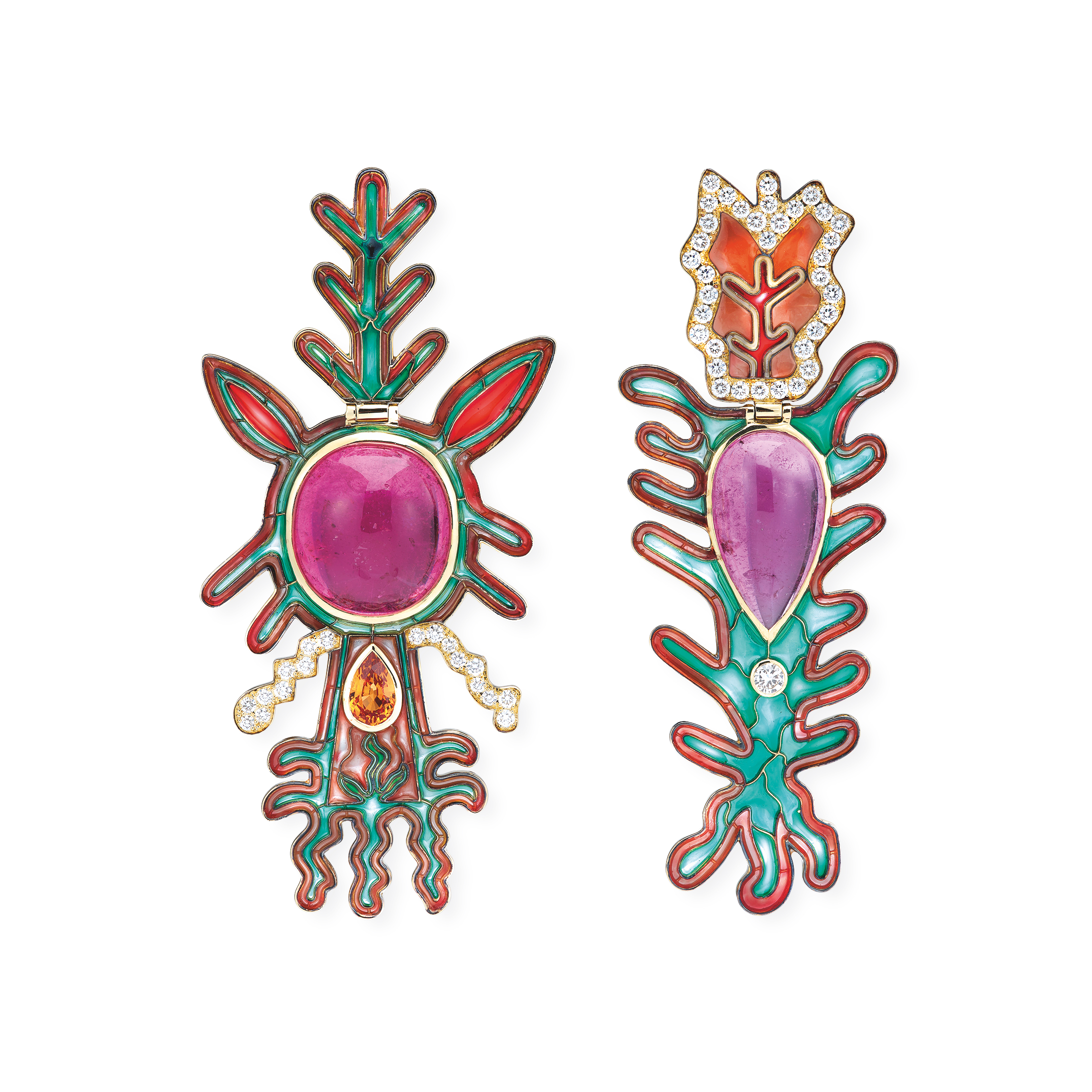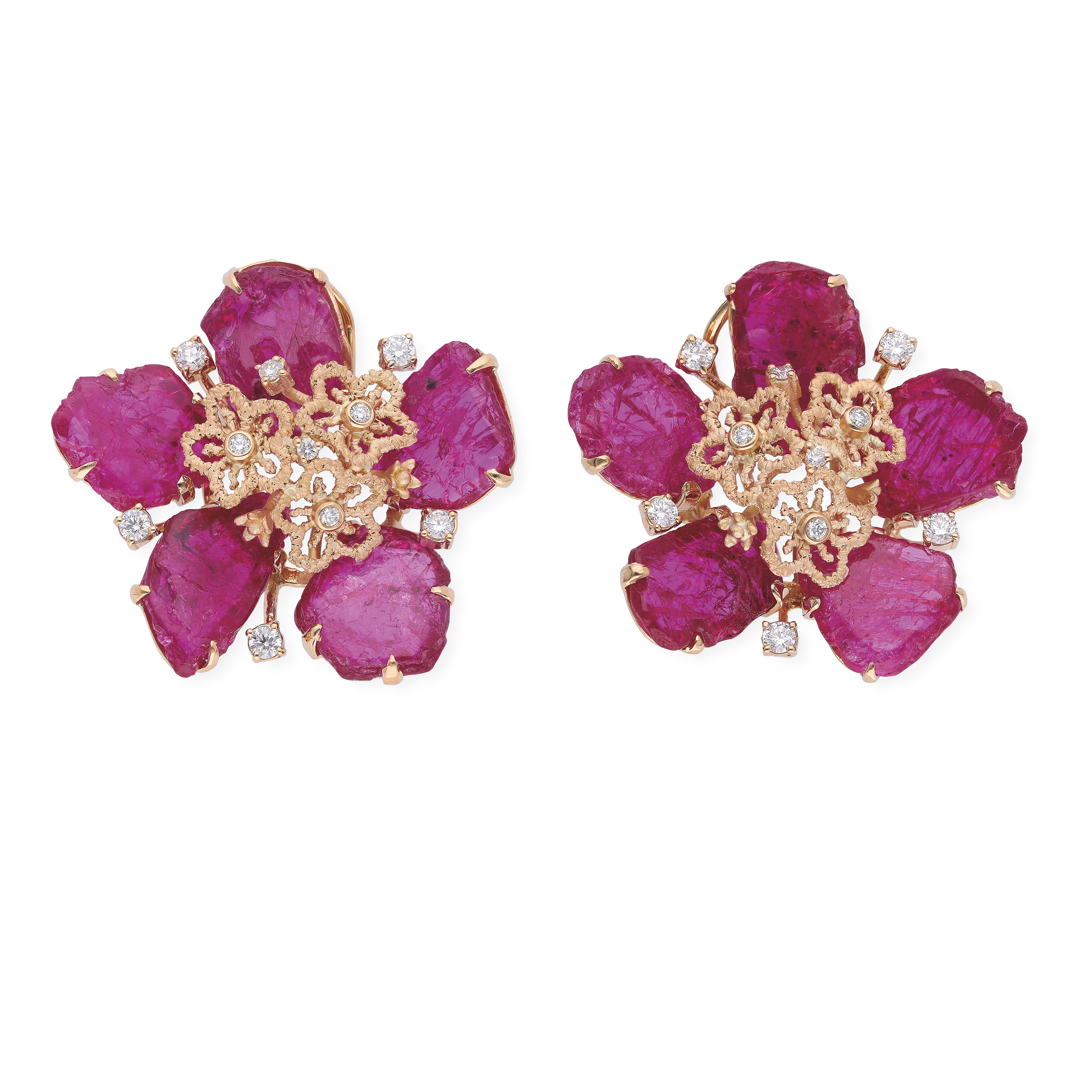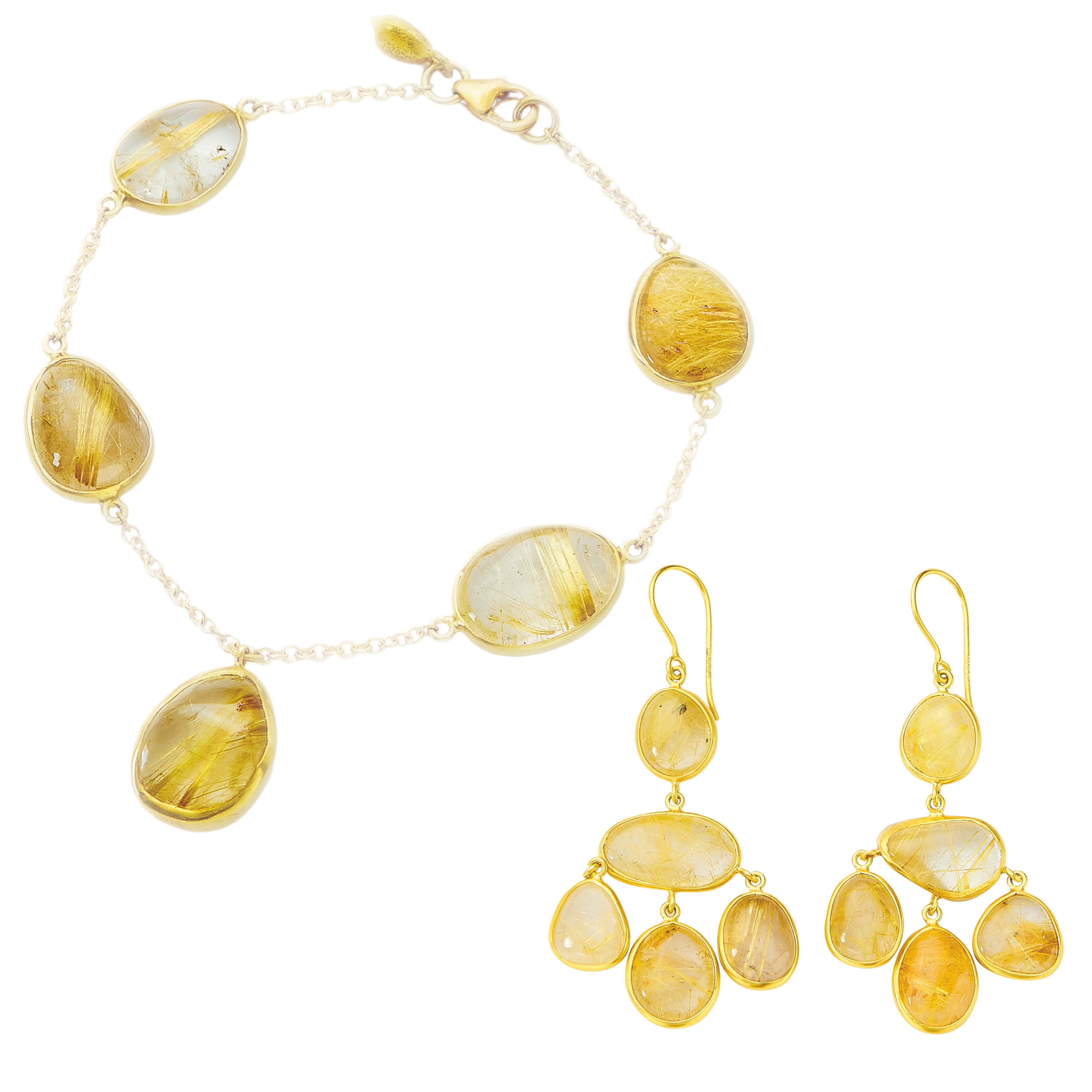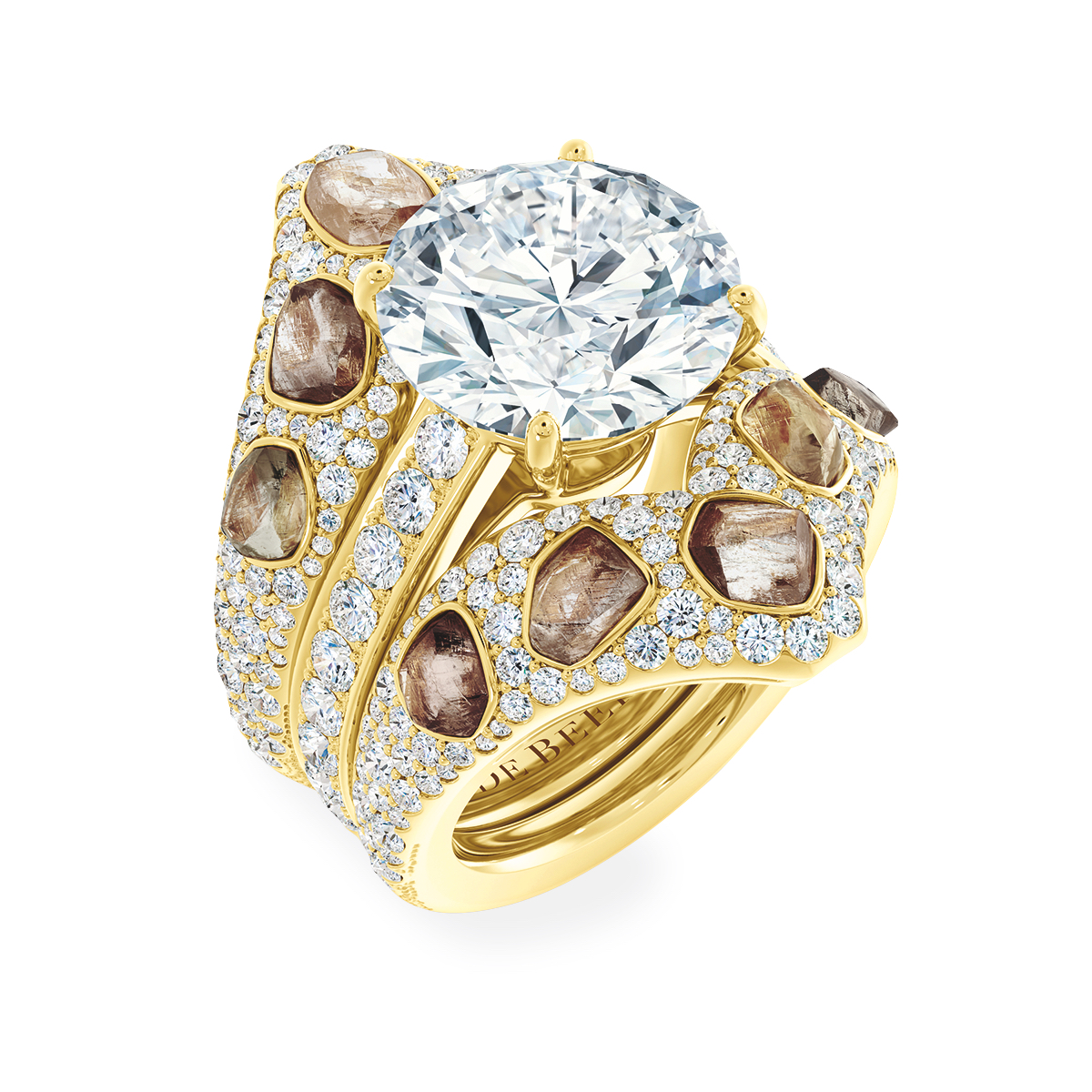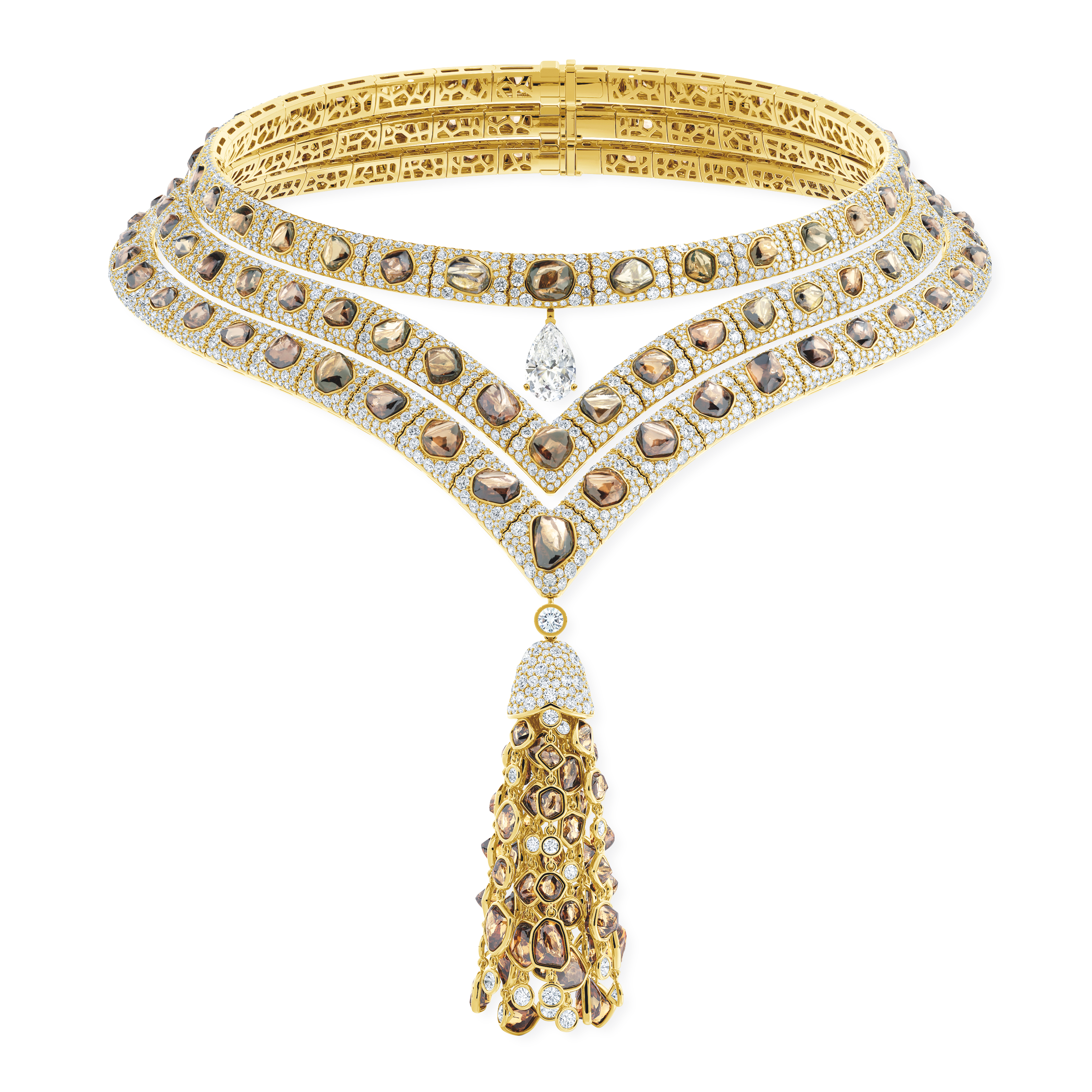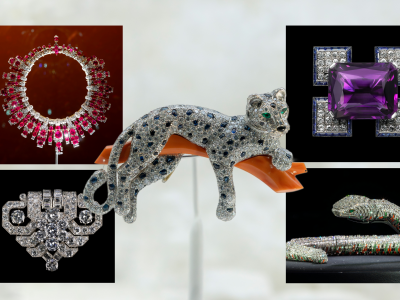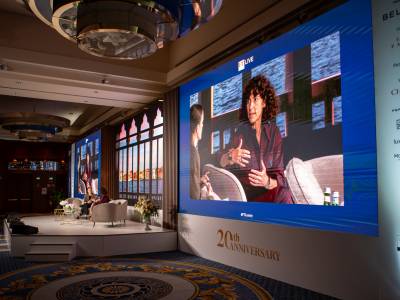Among the sumptuously sparkling jewellery on display at the most recent haute couture week in Paris – jewels are as much of a catwalk show today as the extravagant, handmade gowns that the event is really about – were pieces in the vanguard of a new, or perhaps resurrected, movement in high jewellery design.
For over a decade, design has been ruled by geometry, with complex, closely repeated patterns that can be aided by computer drawing but demand superlative skill from the craftspeople who must cut every angle of the setting with complete precision and set each tiny stone at exactly the right height and distance from its fellows, creating a modern, tougher version of the Art Deco style that is one of jewellery’s classic inspirations. The newest look is the aesthetic opposite.
